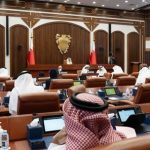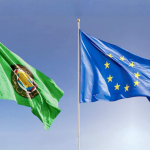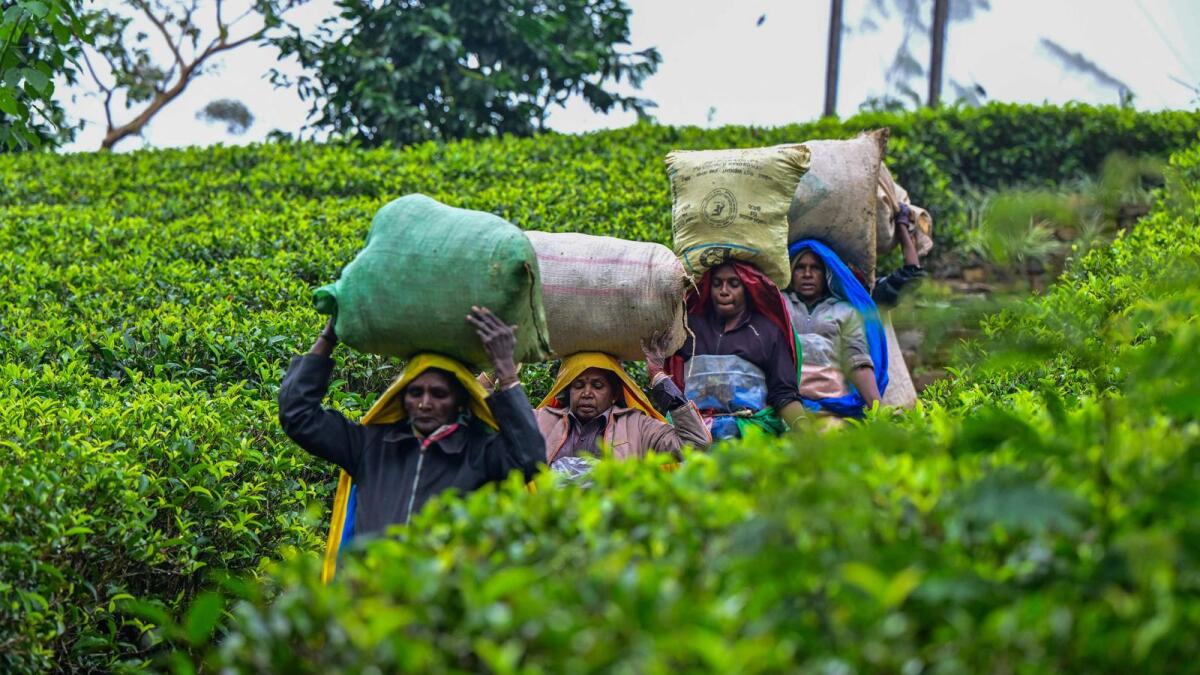Sri Lanka, a country facing economic challenges, has experienced deflation for the first time in 39 years, with consumer prices falling by 0.5 percent in September. This decline in prices can be attributed to drops in both food and non-food goods. The last time Sri Lanka faced deflation was in October 1985, with a figure of negative 2.1 percent. This comes after a period of high inflation, with rates reaching 69.8 percent at the peak of an economic crisis two years ago. The crisis led to shortages of essential items such as food, fuel, and medicines, prompting protests that ultimately resulted in the resignation of then-president Gotabaya Rajapaksa in July 2022.
Rajapaksa’s successor, Ranil Wickremesinghe, took steps to stabilize the economy by securing a $2.9 billion bailout from the International Monetary Fund (IMF) and implementing tax increases and price adjustments. However, Wickremesinghe lost office after a recent presidential election, and President Anura Kumara Dissanayake has taken over. Dissanayake has expressed intentions to continue with the IMF programme but to ease some of the austerity measures that were put in place. This change in leadership and economic policy direction could have an impact on the country’s economic stability and growth prospects moving forward.
The recent period of deflation in Sri Lanka reflects the challenges faced by the country’s economy, including high inflation rates and shortages of essential goods. The decline in consumer prices may have both positive and negative implications for the economy. On one hand, lower prices can benefit consumers by increasing their purchasing power and improving overall affordability. However, deflation can also lead to lower revenue for businesses, potentially resulting in decreased production and investment. It will be important for policymakers to carefully monitor the economic situation and implement strategies to mitigate the effects of deflation while promoting sustainable growth.
The IMF bailout received by Sri Lanka under Wickremesinghe’s leadership was aimed at stabilizing the economy and addressing the challenges posed by the economic crisis. The conditionalities attached to the bailout included measures such as raising taxes and prices to reduce fiscal deficits and inflation. Dissanayake’s plan to maintain the IMF programme while easing some austerity measures suggests a shift in economic policy towards a more balanced approach that considers both economic stability and social welfare. It remains to be seen how these policy changes will affect the overall economic trajectory of Sri Lanka and whether they will be successful in addressing the country’s economic challenges.
The impact of deflation on Sri Lanka’s economy will depend on various factors, including government policies, global economic conditions, and domestic demand. As the country navigates through this period of deflation, it will be crucial for policymakers to implement measures that promote economic stability, support businesses, and protect consumers. Collaboration with international institutions such as the IMF can also play a crucial role in providing support and guidance to help Sri Lanka overcome its economic challenges. By adopting a balanced and sustainable approach to economic management, Sri Lanka can work towards achieving long-term growth and prosperity for its citizens.











